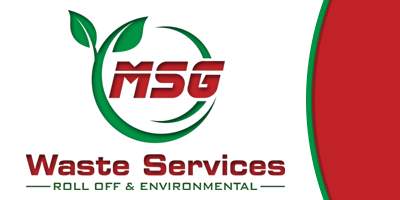Waste Disposal Options
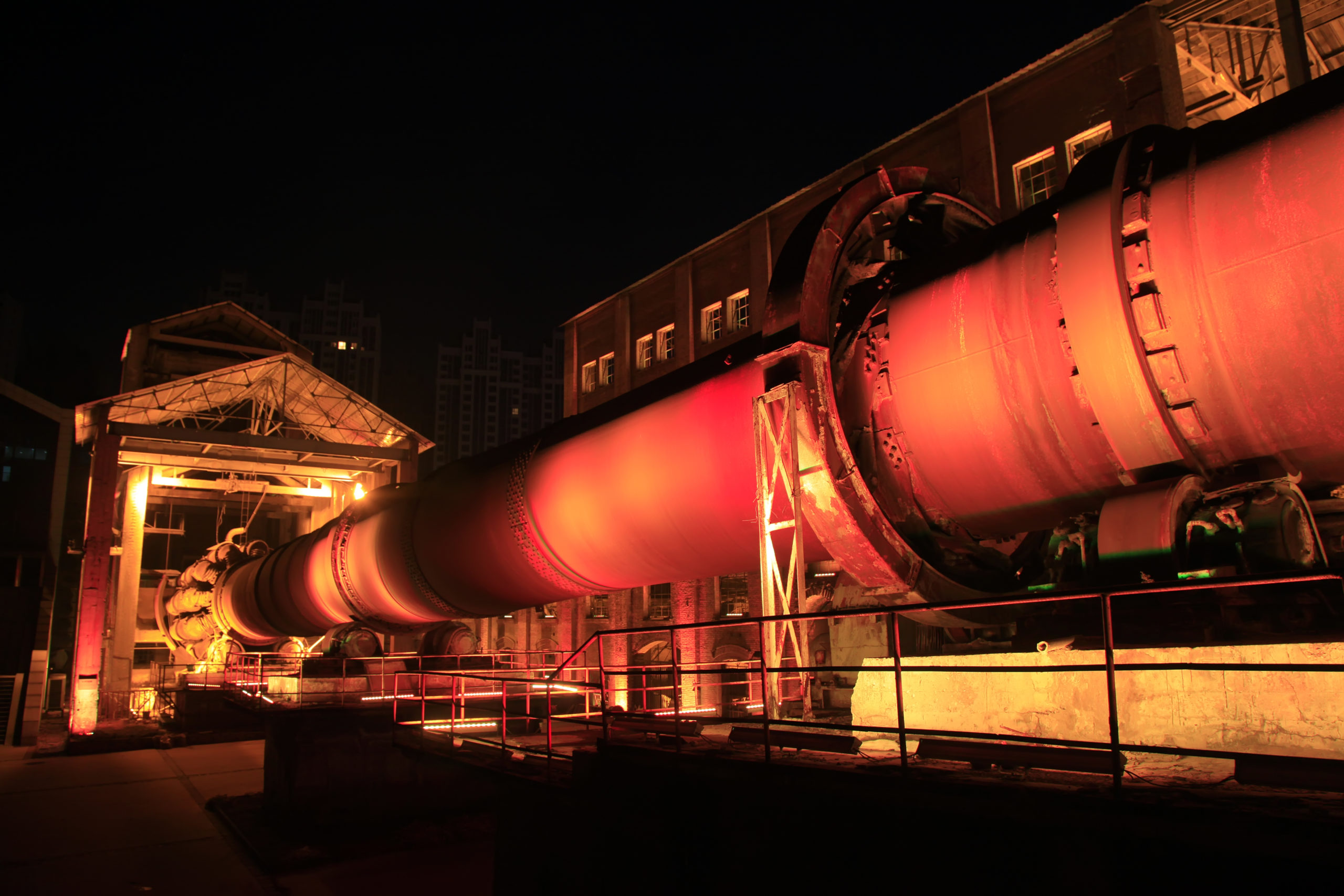
Fuels Blending
The mixing of high BTU based materials in the form of liquids, sludges, or solids used to make fuel stock. Once the material is blended to approximately 18K-23K BTU, the waste material is then used as an alternative fuel stock for the kiln, rather than tapping into our natural resources using virgin fuels.

Inorganic Waste
Acidic and Caustic wastes are both characteristic waste that is hazardous due to their corrosivity, which is a chemical reaction causing discoloration, destruction (rusting), or irreversible change. A pH scale ranges from 0-14, Acidic waste has a pH of 2 or lower and Caustic (bases) have a pH of 12.5 or higher. Treatment is stabilization in which the materials pH becomes neutralized.
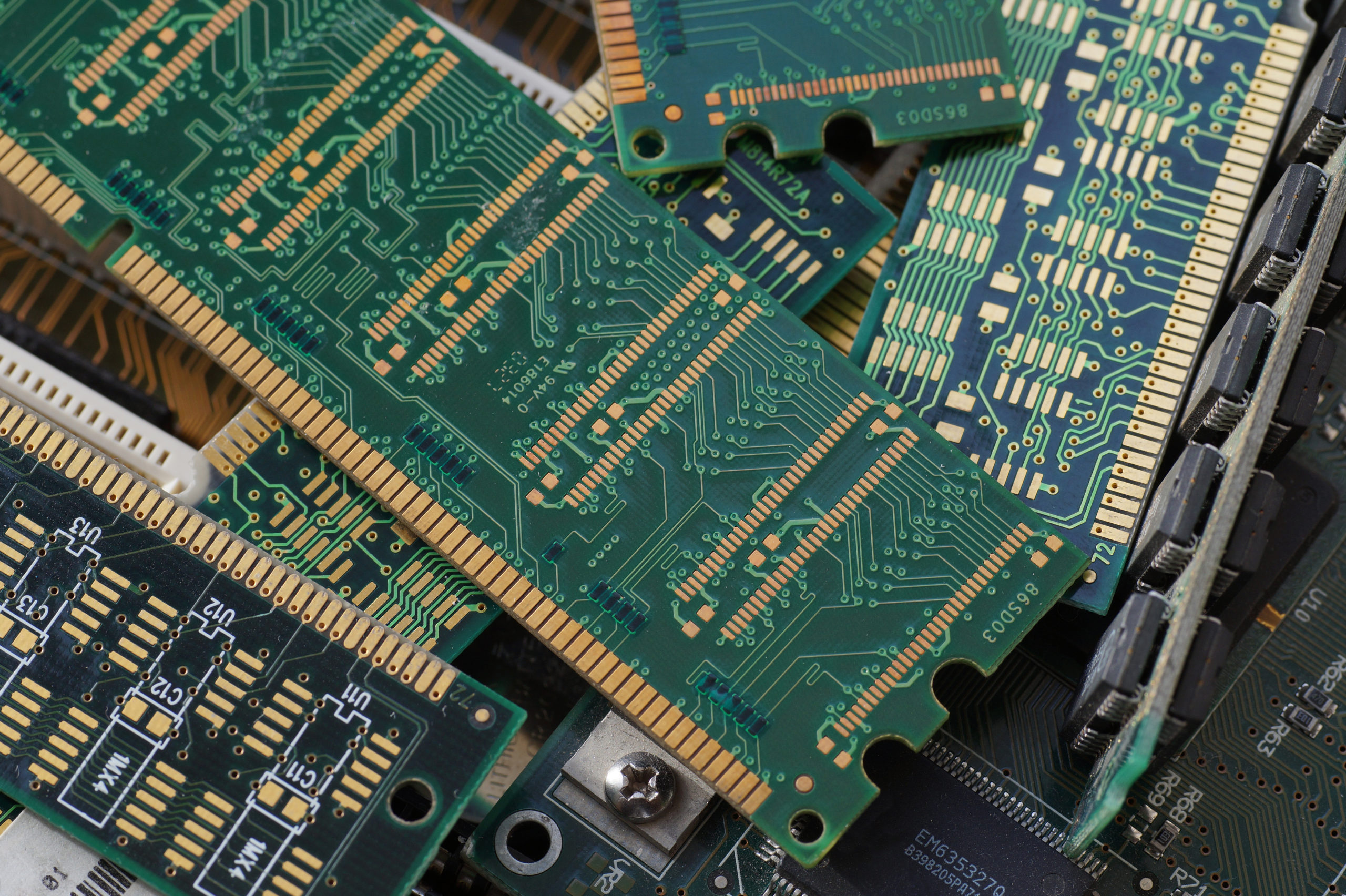
Electronic Scrap
Electronic Scrap is any discarded electronic device that is dismantled with the circuit board removed. Precious metals are then reclaimed or recycled from the circuit boards along with the plastic housings going for recycling as well.
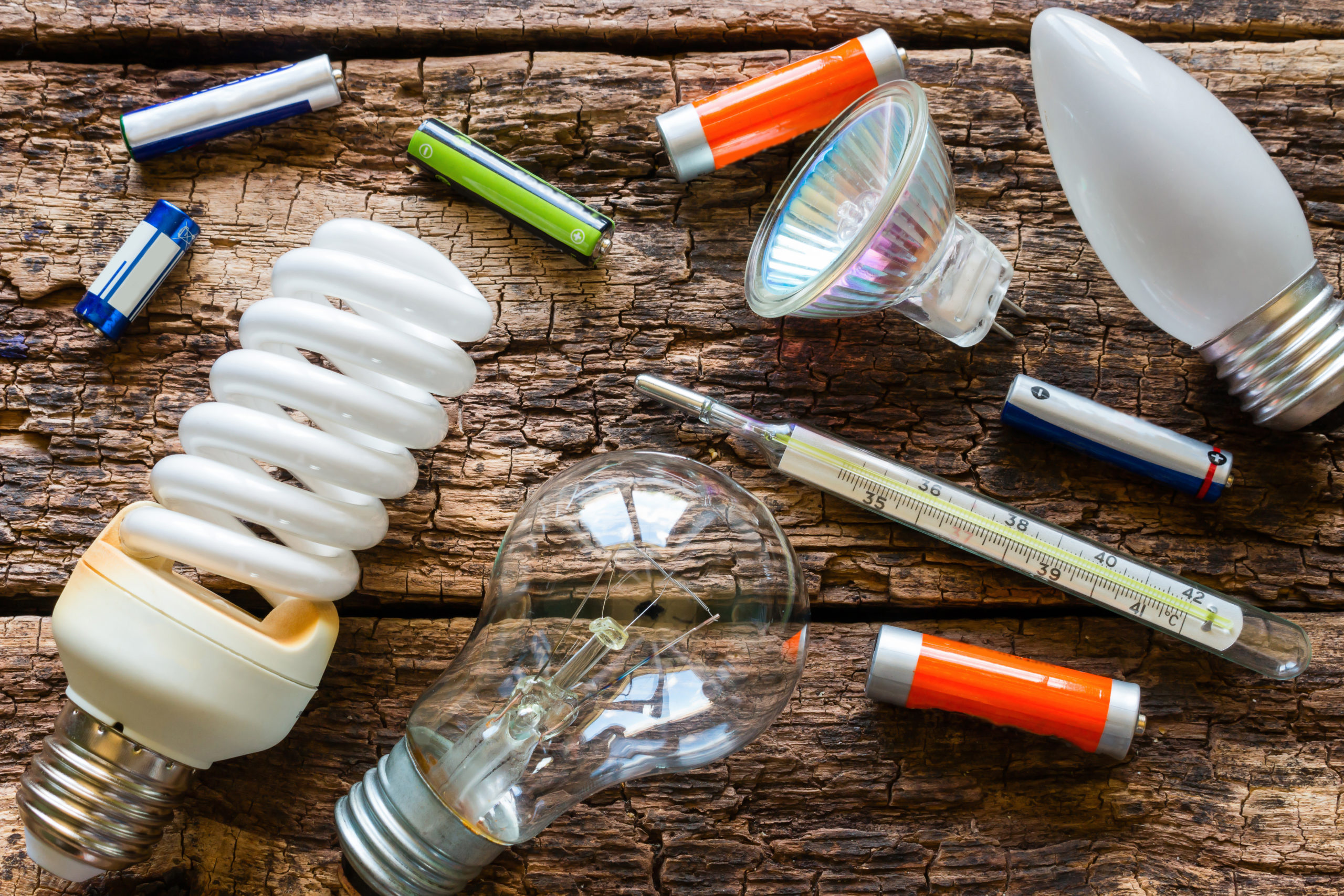
Universal Waste
A very common waste material that is technically speaking “hazardous waste.” These materials are defined as universal waste in 40 CFR 273.9 by the United States Environmental Protection Agency. State rules and regulations may be more stringent than EPA. These materials may include fluorescent lamps, bulbs, monitors, electronic devices, capacitors, batteries, thermostats, and anything else that may contain mercury.

Wastewater Treatment
The process of removing contaminants & solids from wastewater by filtration once this process is complete the contaminants and solids are then properly disposed of, and the clean water is then released back to the Publicly Owned Treatment Works (POTW) after meeting certain specifications.
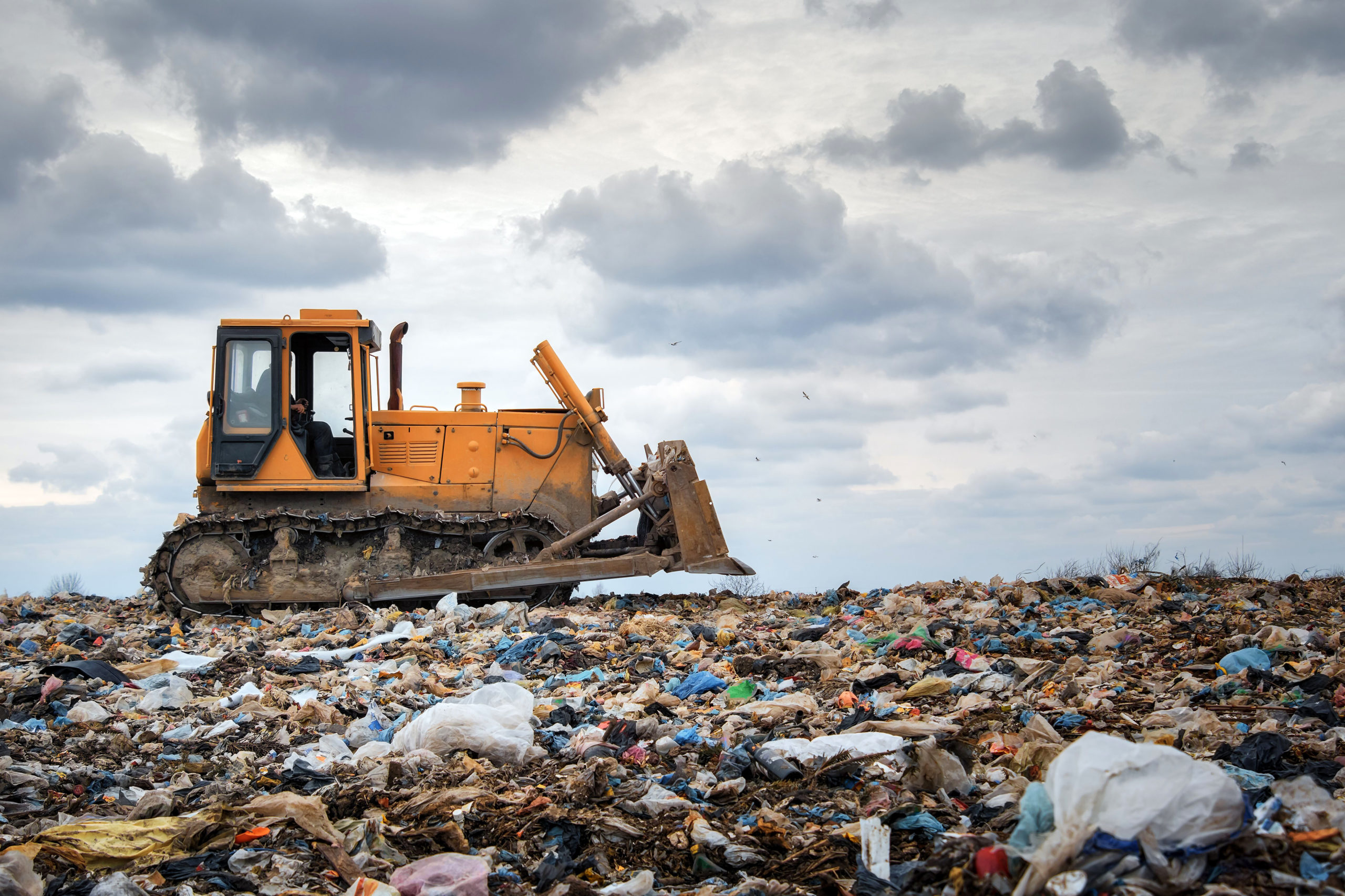
Landfill
Where non-hazardous solids go for disposal, the deposits of the solid refuse are then spread out in layers and covered by soil. Acceptability can range from non-hazardous household waste, commercial solid waste, non-hazardous sludge, conditionally exempt small quantity generator waste, and industrial non-hazardous solid waste.

Incineration
Destruction of hazardous waste materials by burning it for energy recovery. Temperatures can reach 1800 degrees F to 2200 degrees F in the incineration process to ensure the breakdown of all toxic organic substances, running at a 99.9% efficiency rate.
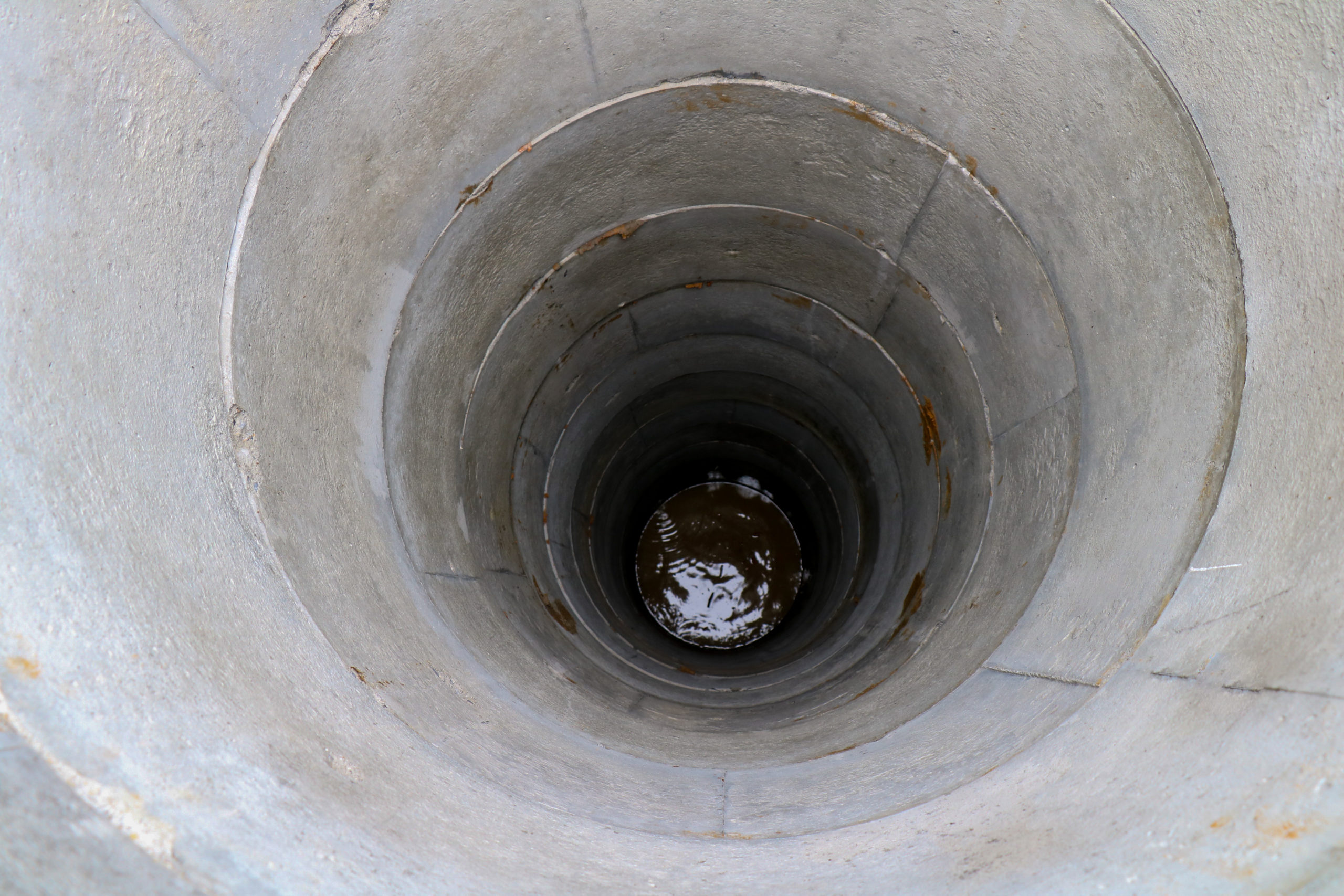
Deepwell Injection
A waste liquid disposal technology in which the fluid is injected thousands of feet below the surface into porous rock foundations such as limestone or sandstone. Fluids that may be injected into the well are wastewater, brine water, or water that contains chemicals that can be either acidic or caustic.
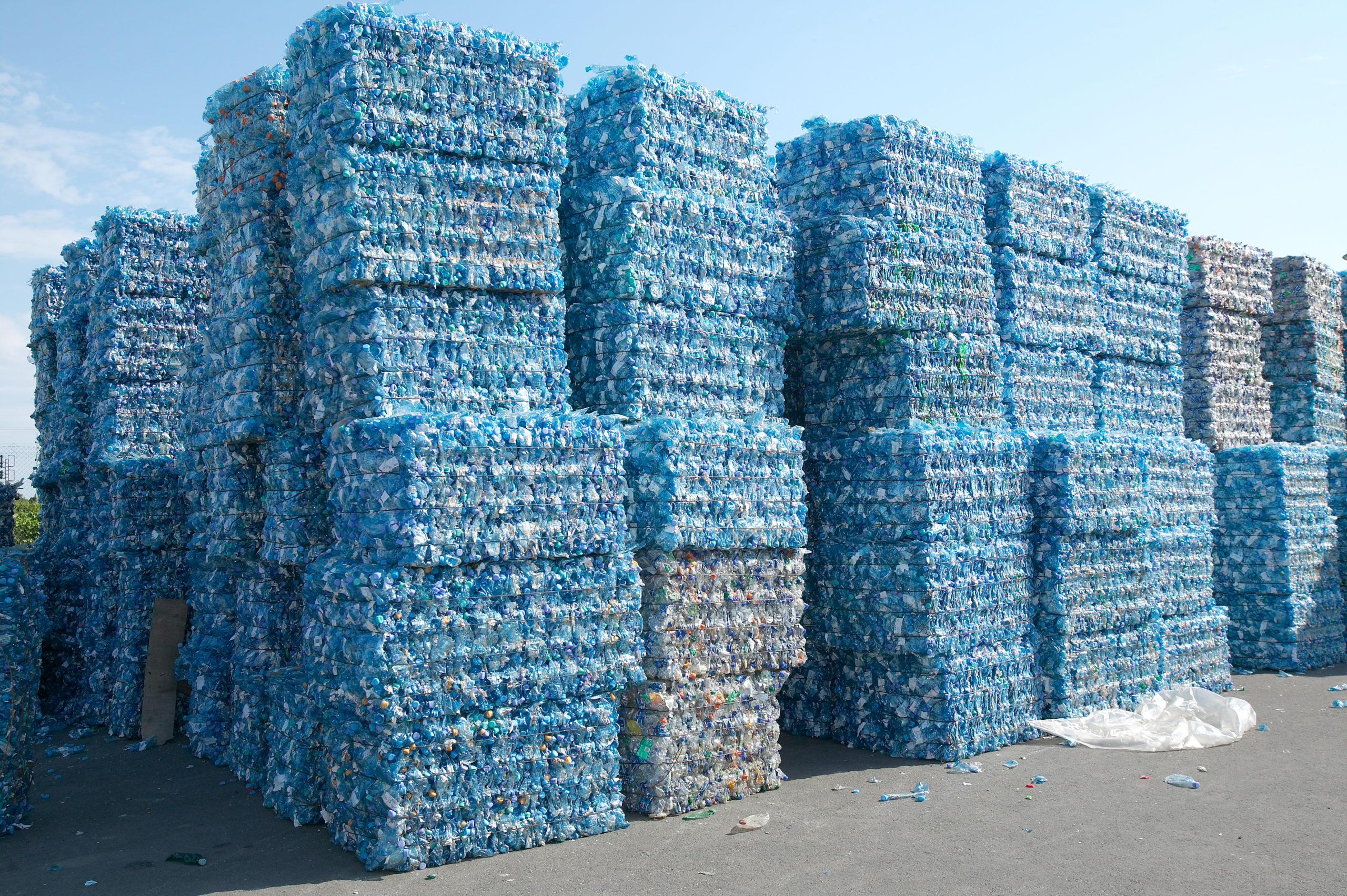
Recycling
Converting waste into beneficial reuse or reusable material. By recycling, we can reduce the number of pounds that go to the landfill and can prevent the use of new raw materials used to produce new products.
